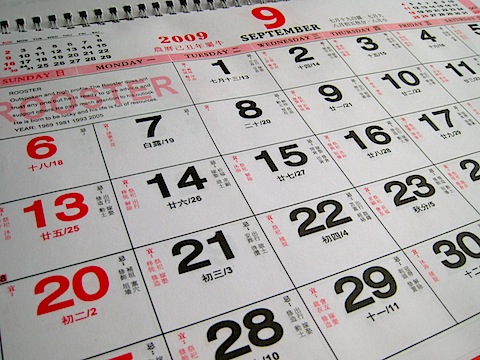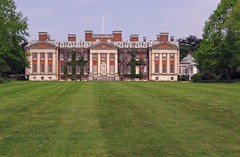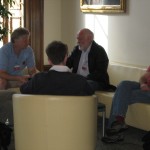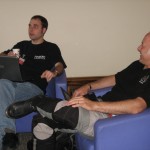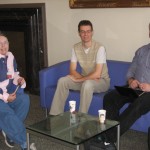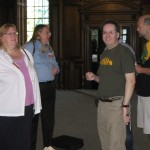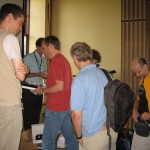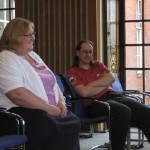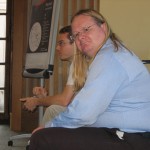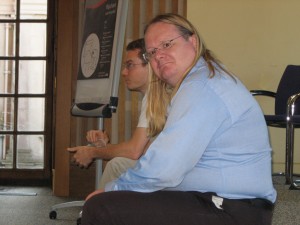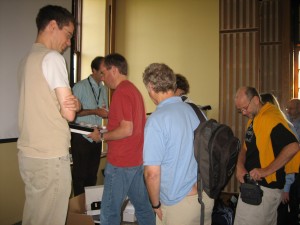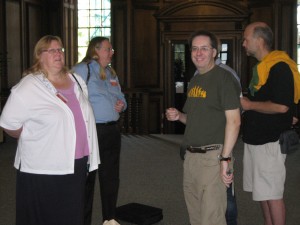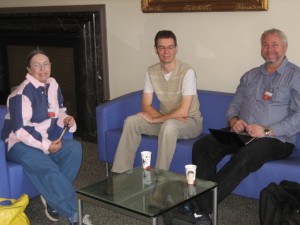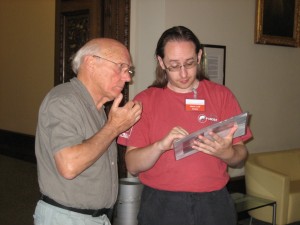Two weekends ago, I, with the rest of the Ubuntu-UK Podcast team and the Linux Outlaws podcast team, was in Wolverhampton to run a new one-day open source community unconference called OggCamp.
A few people have asked “why Wolverhampton?”. Which is a fair question considering that four of the organisers live in Hampshire, one in the South-West, one in Liverpool, and one in Bonn.
Well, Wolverhampton is the location of the annual LugRadio Live open source community conference. The organisers of LugRadio Live (the LugRadio podcast presenters) are, or were, based in Wolverhampton. While there are many things you could say about Wolverhampton, one thing that always impressed me was that, to attend LugRadio Live, people flew to Wolverhampton from all over the UK, from all over Europe, all over the States, and even from Hong Kong and Australia at times (see my blog post about past LRLs for more).
Last year, after four hugely popular LugRadio Live events, including one in San Francisco sponsored by Google, the team announced that the fortnightly LugRadio podcast was going to end, and so the fifth LugRadio Live (in July 2008) would be the last ever LugRadio Live.
And then, under pressure from Popular Demand, they agreed to do another last ever LugRadio Live – in October 2009. This last ever LugRadio Live, though, would only be one day, the Saturday, like their first ever LugRadio Live. Which left a whole Sunday to fill. Which is where OggCamp comes in.
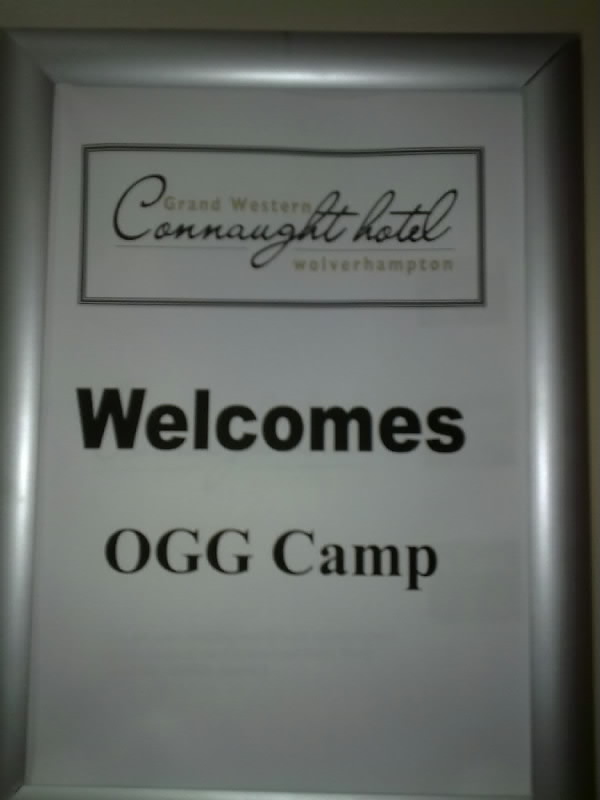 When we decided to organise OggCamp, we had no idea how it would go down. We figured that, between the two podcasts (Ubuntu-UK Podcast and Linux Outlaws) we’d had enough positive feedback that we could get at least 50 people along. Because it would be the day after LRL, there was a chance that enough LRL attendees would stick around for the day on Sunday and coming to OggCamp too. To make extra sure of that, we decided to hold OggCamp in the official LRL hotel (so that the geeks could just roll out of bed and into OggCamp), and to make the event free to attend.
When we decided to organise OggCamp, we had no idea how it would go down. We figured that, between the two podcasts (Ubuntu-UK Podcast and Linux Outlaws) we’d had enough positive feedback that we could get at least 50 people along. Because it would be the day after LRL, there was a chance that enough LRL attendees would stick around for the day on Sunday and coming to OggCamp too. To make extra sure of that, we decided to hold OggCamp in the official LRL hotel (so that the geeks could just roll out of bed and into OggCamp), and to make the event free to attend.
In the end, about 130 people came to OggCamp. Which was brilliant!
The sight of people queuing up three flights of stairs to come in at 10.30 on the Sunday morning left us briefly gob-smacked.
We kicked off at about 11am with a quick introduction from all the presenters in which we explained how there was no pre-arranged schedule and that to sign up for a talk you just had to write it on a sticky note (large notes for full-hour talks; half-sized notes for half-hour talks) and stick it in a slot in the grid on the wall.
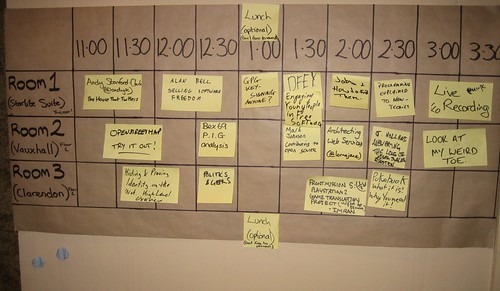
First up was Andy Stanford-Clark who did a brand new talk, specially written for OggCamp (and completed the night before while the rest of us were at the LRL kareoke party), about the geekier details of his Twittering House (the stuff the BBC didn’t get!). By midday, the schedule was getting pretty full (something of a relief!) and the planned topics included web services, how to prove identity on the Net, how to encourage young people to use Open Source Software, politics and geeks (from ORG), translating Playstation 2 games, and how to explain programming to non-programmers!
At 3pm, everyone gathered in the main room to watch a live joint recording of the Ubuntu-UK Podcast and Linux Outlaws. This started with a live raffle draw (surely a first in open source events?) for some very cool prizes donated by our sponsors, including a couple of Viglen MPC-Ls, some Ubuntu laptop bags and hoodies, an O’Reilly book, and an Arduino Mega. After the raffle, we did two segments: one about producing media using Open Source Software, and one about whether or not the Open Source community spreads itself too thin by creating so many different distributions. The segments included a lot of audience interaction, and also real-time twittering from the audience on to the TwitterFall screen behind us on-stage.
The live show was something that we had been nervous about because six is a large number of people to be talking anyway but also because the two podcasts (UUPC and LO) are quite different in style so we had no idea how well we would integrate. The two podcasts released their own versions of the live show during the following week and, if you’re keen, you can compare and contrast the two: UUPC (family friendly) and LO (includes the naughty words). I don’t think either podcast did much editing of content, which drew this comment from a UUPC listener.
So, all in all, I think we can say that OggCamp was a success. 🙂
It was certainly a lot of fun – if exhausting!
We also sold enough raffle tickets and OggCamp limited edition souvenir mugs to financially break even on the whole event. Which was good from our point of view. And there has been a load of positive feedback from the attendees, including questions about whether we’ll do it again next year. Although we’ve tried to not to commit to anything, by now I think we can safely say that there is likely to be another OggCamp next year.
(For more photos, see the OggCamp group on Flickr.)


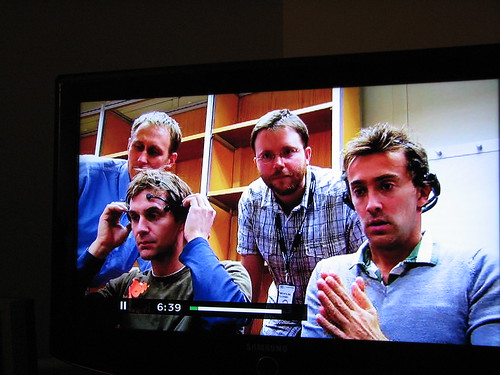


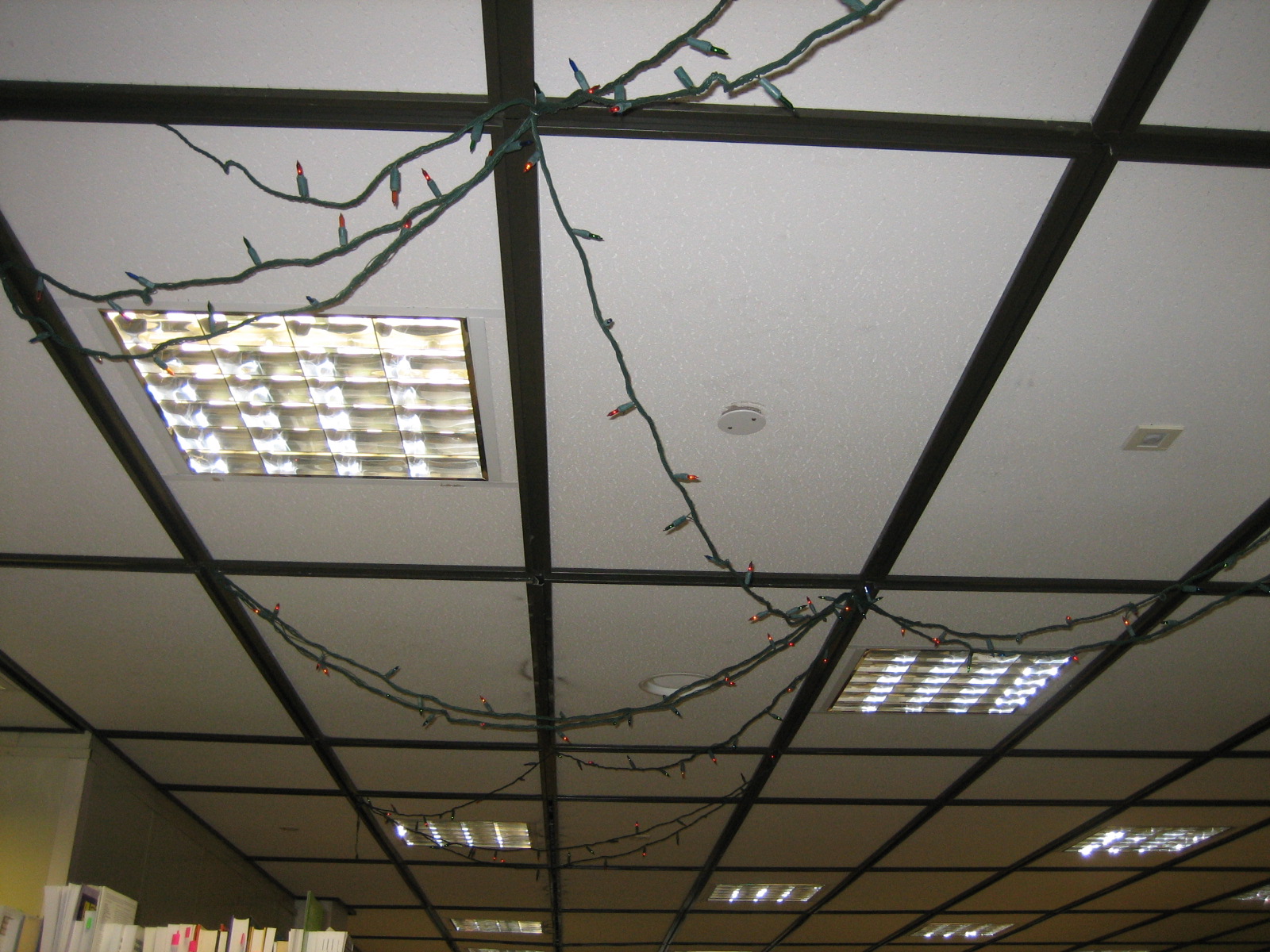
 When we decided to organise OggCamp, we had no idea how it would go down. We figured that, between the two podcasts (Ubuntu-UK Podcast and Linux Outlaws) we’d had enough positive feedback that we could get at least 50 people along. Because it would be the day after LRL, there was a chance that enough LRL attendees would stick around for the day on Sunday and coming to OggCamp too. To make extra sure of that, we decided to hold OggCamp in the official LRL hotel (so that the geeks could just roll out of bed and into OggCamp), and to make the event free to attend.
When we decided to organise OggCamp, we had no idea how it would go down. We figured that, between the two podcasts (Ubuntu-UK Podcast and Linux Outlaws) we’d had enough positive feedback that we could get at least 50 people along. Because it would be the day after LRL, there was a chance that enough LRL attendees would stick around for the day on Sunday and coming to OggCamp too. To make extra sure of that, we decided to hold OggCamp in the official LRL hotel (so that the geeks could just roll out of bed and into OggCamp), and to make the event free to attend.
 On Wednesday,
On Wednesday, 